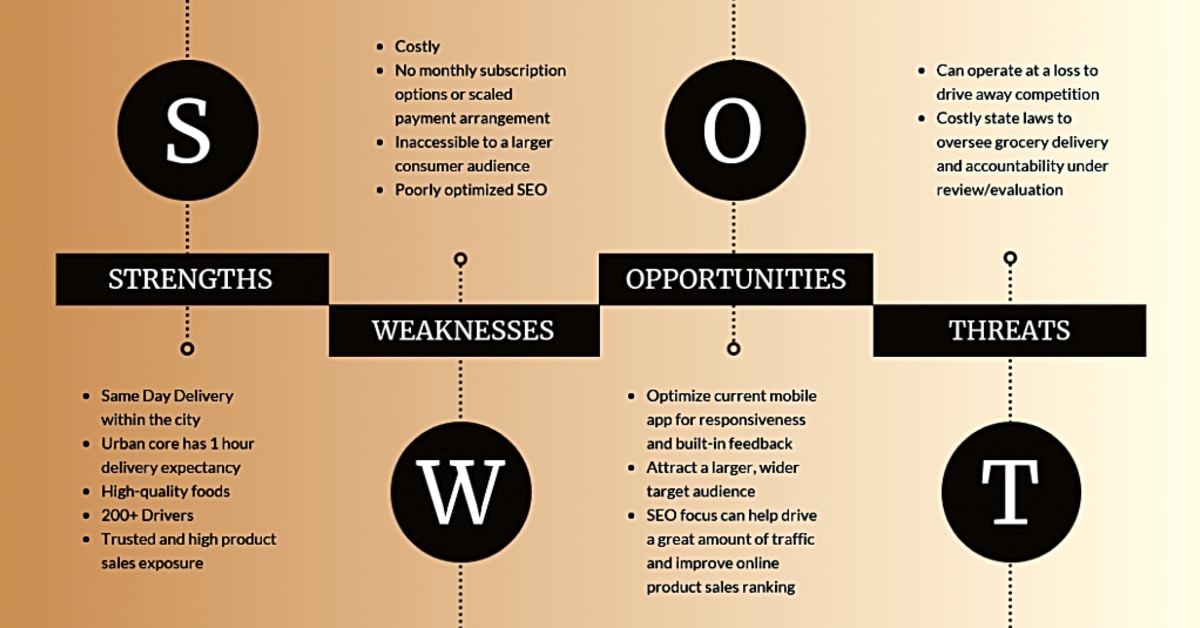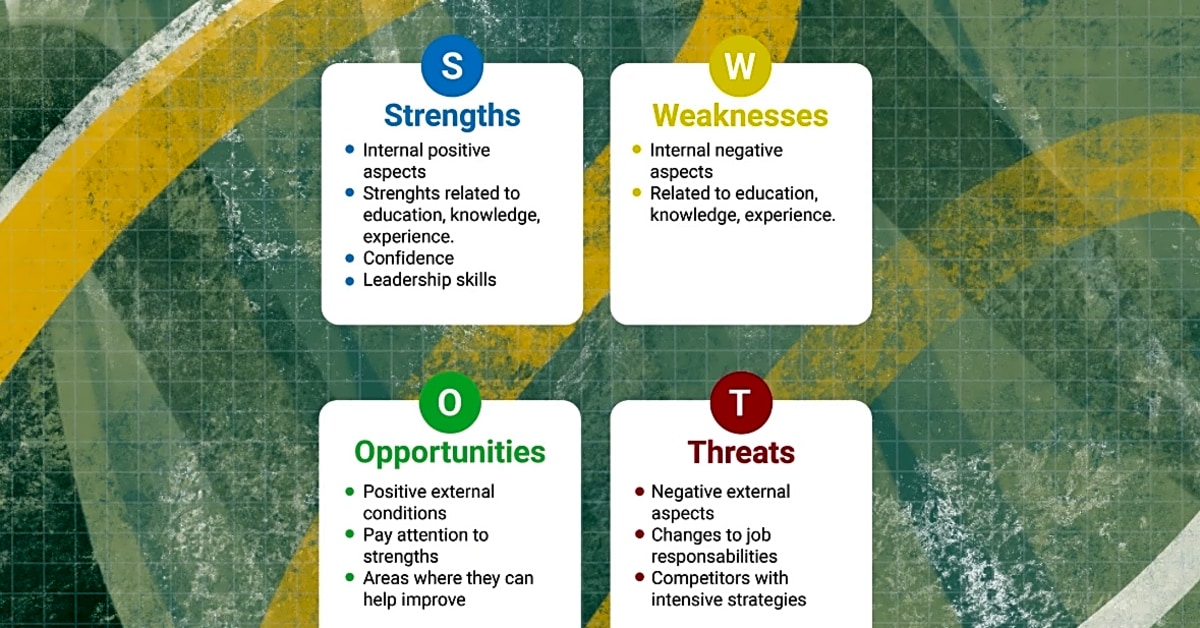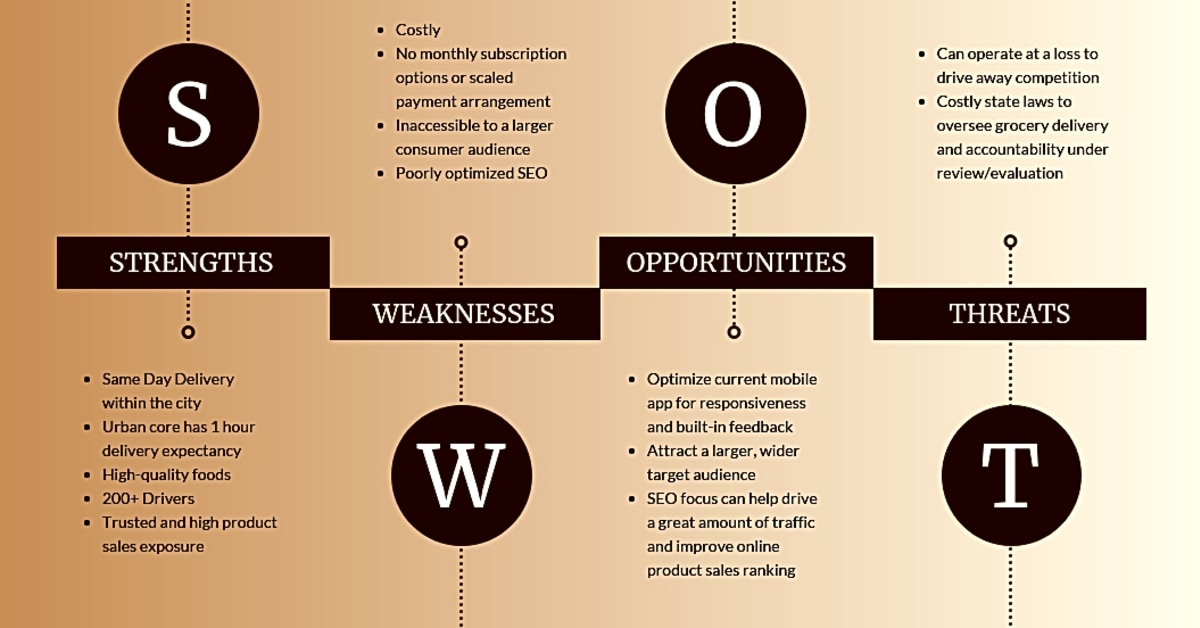In today’s fast-paced and competitive business world, it is crucial for organizations to have a thorough understanding of their internal and external environments. This is where SWOT analysis comes in. SWOT analysis, which stands for Strengths, Weaknesses, Opportunities, and Threats, is a strategic planning tool used to evaluate an organization’s strengths, weaknesses, opportunities, and threats. It provides a comprehensive overview of the key components that can impact an organization’s success. In this article, we will delve into the key components of SWOT analysis and how they can help businesses make informed decisions and stay ahead of the competition. So, let’s dive in and gain a better understanding of this powerful tool.
In today’s competitive business landscape, it is crucial for companies to constantly evaluate their strengths, weaknesses, opportunities, and threats (SWOT). This strategic planning tool allows businesses to identify areas of improvement and capitalize on their advantages to gain a competitive advantage. In this article, we will delve into the key components of a SWOT analysis and how they can be used to drive organizational growth and success.
The first key component of a SWOT analysis is the strengths. These are the internal factors that give a company an advantage over its competitors. When conducting a SWOT analysis, it is important to identify your company’s unique strengths, such as a strong brand reputation, skilled employees, or innovative products. These strengths can then be leveraged to gain a competitive edge in the market. For example, if your company has a strong brand reputation, you can use it to attract more customers and increase sales. It is also important to regularly reassess your strengths as they may change over time.
Identifying Your Weaknesses
Another key component of a SWOT analysis is identifying your weaknesses. These are internal factors that put your business at a disadvantage. Some common weaknesses may include limited resources, high employee turnover, or outdated technology. By recognizing your weaknesses, you can work towards improving them and minimizing their impact on your business operations.
Assessing Threats
The final key component of a SWOT analysis is evaluating potential threats. These are external factors that can negatively impact a company’s operations and profitability. Some common threats include new competitors, changes in government regulations, or economic downturns. By identifying these threats, businesses can develop contingency plans to mitigate their impact and maintain a competitive advantage.
Exploring Opportunities
SWOT analysis also allows businesses to identify potential opportunities in the market. These are external factors that can help a company grow and expand its reach. Opportunities can include emerging markets, changing consumer preferences, or technological advancements. By keeping an eye on these opportunities, businesses can stay ahead of the curve and capitalize on them to improve their performance.
A SWOT analysis is a powerful tool for businesses looking to improve their strategy and performance. By understanding your strengths, weaknesses, opportunities, and threats, you can make more informed decisions and stay ahead of your competition. Regularly conducting a SWOT analysis can also help businesses adapt to changing market conditions and ensure long-term success.


